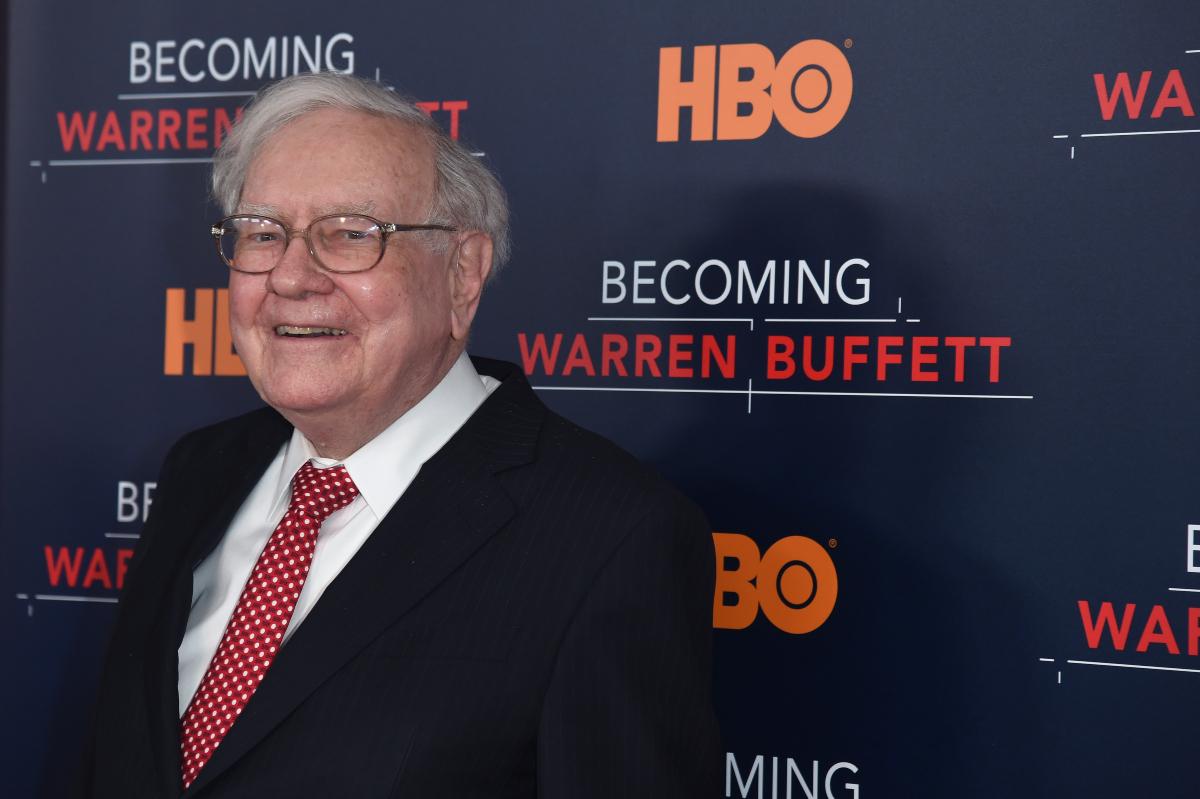Warren Buffett’s 90/10 Allocation Rule Doesn’t Suit Everyone
In his 2013 shareholder letter, Warren Buffett talked about the 90/10 allocation. What’s the rule about, and is it a wise strategy?
Sept. 17 2021, Published 7:02 a.m. ET

Berkshire Hathaway chairman Warren Buffett, among the greatest investors of all time, shares his knowledge through his annual shareholder letters. In his 2013 letter, he talked about what’s now referred to as the 90/10 allocation. What’s the rule about, and is it a wise strategy?
While Buffett still has a fan following, many have been critical of his investing principles. Over the last decade, he missed out on the tech rally, and Berkshire Hathaway stock has underperformed the S&P 500.
What's Buffett’s 90/10 allocation rule?
In his 2013 annual letter, Buffett discussed an investing rule that he said is identical to instructions in his will. He wrote, “Put 10% of the cash in short-term government bonds and 90% in a very low-cost S&P 500 index fund. (I suggest Vanguard’s.) [...] I believe the trust’s long-term results from this policy will be superior to those attained by most investors—whether pension funds, institutions or individuals—who employ high-fee managers.”
Buffett has been critical of active funds and investment managers, calling them out for high fees despite failing to beat the benchmark. He's also been critical of investment advisors who recommend active funds over passive funds, attributing those recommendations to the higher commissions active funds pay.
Does the 90/10 allocation rule work?
The 90/10 allocation rule doesn't make sense for many investors. According to Buffett, the 10 percent allocation in short-term Treasuries would act as a shield in a bad year for equities. So, if someone intends to liquidate investments, they can sell the Treasuries instead of stocks.
For Buffett, who has a net worth of over $100 billion, a 10 percent allocation in debt would mean a $10 billion investment. Even if someone sells 1 percent of that to meet expenses, they would shell out a cool $100 million—not something your average American could afford.
And even if the rule is applied on a smaller scale, it's not feasible for people who rely on their investments for regular income. In fact, if you have a $100,000 portfolio and you need a big chunk of the money quickly, the 90/10 allocation could be the worst allocation for you.
Warren Buffett's asset allocation isn't for everone
If anything, your asset allocation should be the opposite of Buffett's, and 90 percent of your wealth should be in short-term debt—especially if you'll need your money soon for a house downpayment or retirement.
That said, if you don’t need the money for ten years, a 90/10 allocation could make sense. And if you're a billionaire like Buffett, the 90/10 rule could work perfectly—but not everyone's a billionaire.


